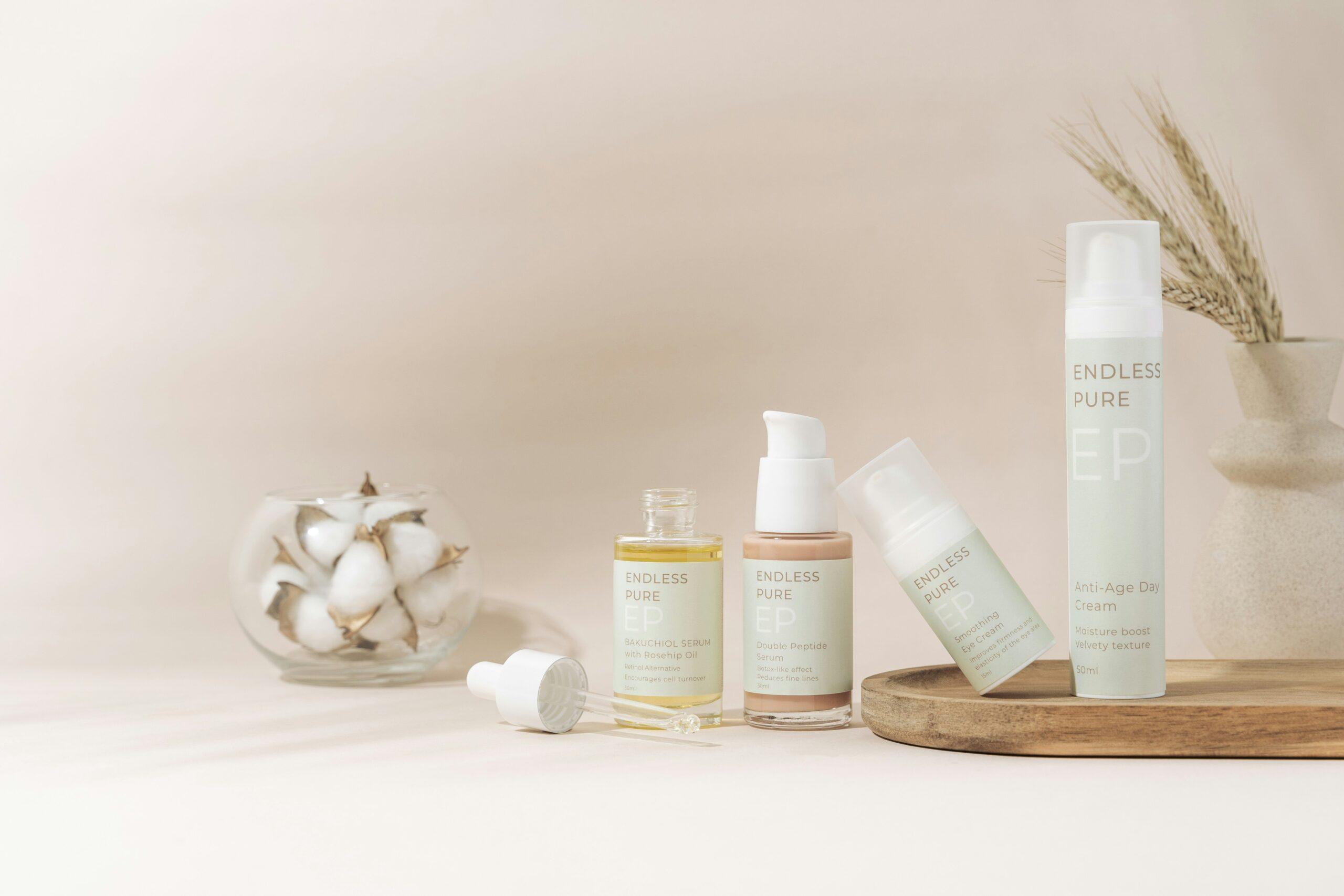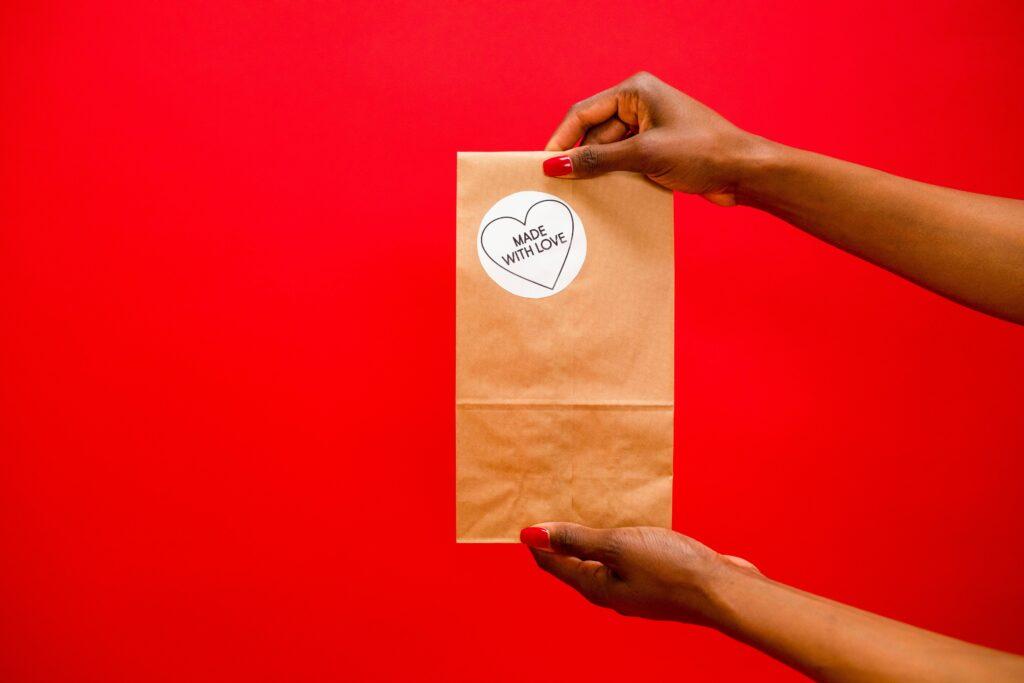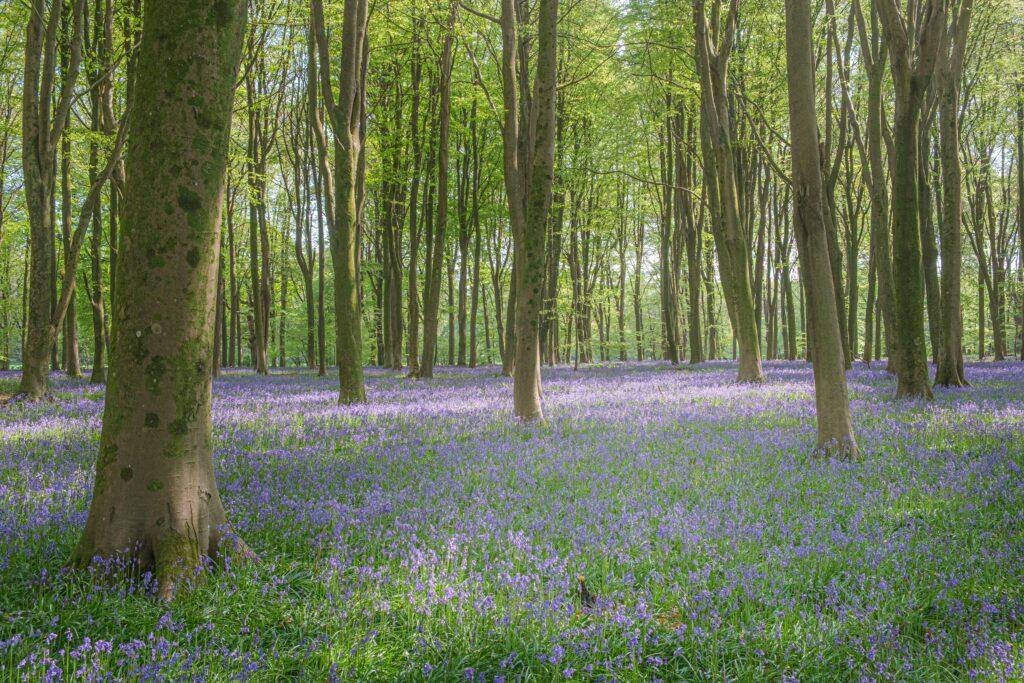Have you ever wondered why your skincare products don’t quite feel as “clean” or effective as they claim? Spoiler alert: it might be because they’re missing a magical ingredient—local flowers. Yep, those same blooms that brighten up farmer’s markets and bouquets can also transform your beauty routine into something truly organic and sustainable.
In this article, we’ll unravel the power of local flowers in natural skincare, guide you through sourcing them responsibly, share actionable tips for DIY beauty recipes, and sprinkle in real-world examples for inspiration. Think of it as your Netflix documentary but for botanical beauty enthusiasts!
Table of Contents
- The Problem with Synthetic Skincare
- How to Harness Local Flowers for Beauty
- Best Practices for Using Organic Flowers
- Case Studies: Local Flowers Transforming Skin
- FAQs About Local Flowers in Beauty
Key Takeaways
- Local flowers bring freshness, potency, and eco-friendliness to organic skincare.
- DIY recipes using floral ingredients are cost-effective and customizable.
- Understanding seasonality helps maximize their benefits while supporting local farmers.
- Terrible Tip Alert: Don’t just pick random wildflowers—some may irritate skin.
Why Your Skincare Routine Feels So… Meh
Here’s my biggest confessional fail (brace yourself): I once bought an overpriced face serum packed with exotic promises—Himalayan orchids, Moroccan argan oil, all the buzzwords. After months of use, my skin was still dry and irritated. Ugh, talk about buyer’s remorse.
The truth? Many commercial skincare brands rely on synthetic additives and processed extracts that lose much of their nutrient richness during manufacturing. These chemicals might look pretty on labels, but they rarely deliver actual results. Enter *local flowers*. They’re fresh, seasonal, and haven’t traveled thousands of miles to reach your shelf—making them insanely potent.
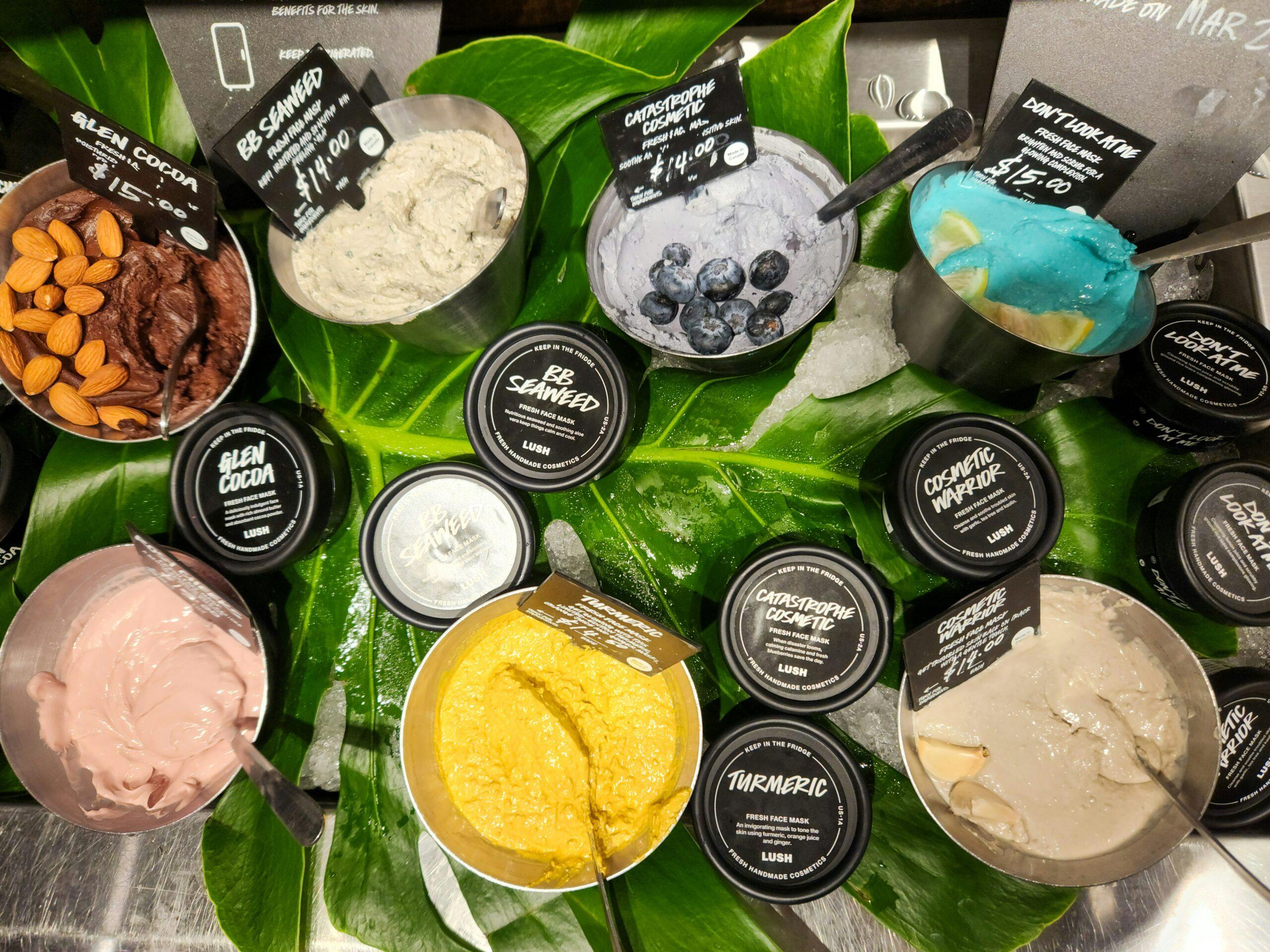
Sensory oversharing moment: Imagine rubbing petals between your fingers—their earthy scent grounding you, their delicate textures melting into your skin. Doesn’t that sound like self-care on steroids?
Step-by-Step Guide to Incorporating Local Flowers
Step 1: Research What Grows Near You
Optimist You: “Ooh, let’s go full botanist!”
Grumpy You: “Wait, do I need a PhD now?”
Nope, just Google. Start by looking up native plants in your area—your local gardening club or farmer’s market is also a goldmine. For example, lavender thrives in Mediterranean climates, while chamomile loves cooler regions.
Step 2: Learn Which Flowers Are Safe for Use
Pro-tip: Not every flower makes a great mask. Avoid toxic varieties like foxglove or oleander unless you want to turn your bathroom into a biohazard zone (and trust me, nobody needs that).
Step 3: Experiment with DIY Recipes
Once you’ve sourced safe options, try making infused oils or floral steams. Here’s one recipe to get started:
Chamomile Face Steam:
- Boil water and pour it into a bowl.
- Add dried chamomile flowers (locally sourced, obvs).
- Lean over the bowl with a towel draped over your head and steam for 5–10 minutes.
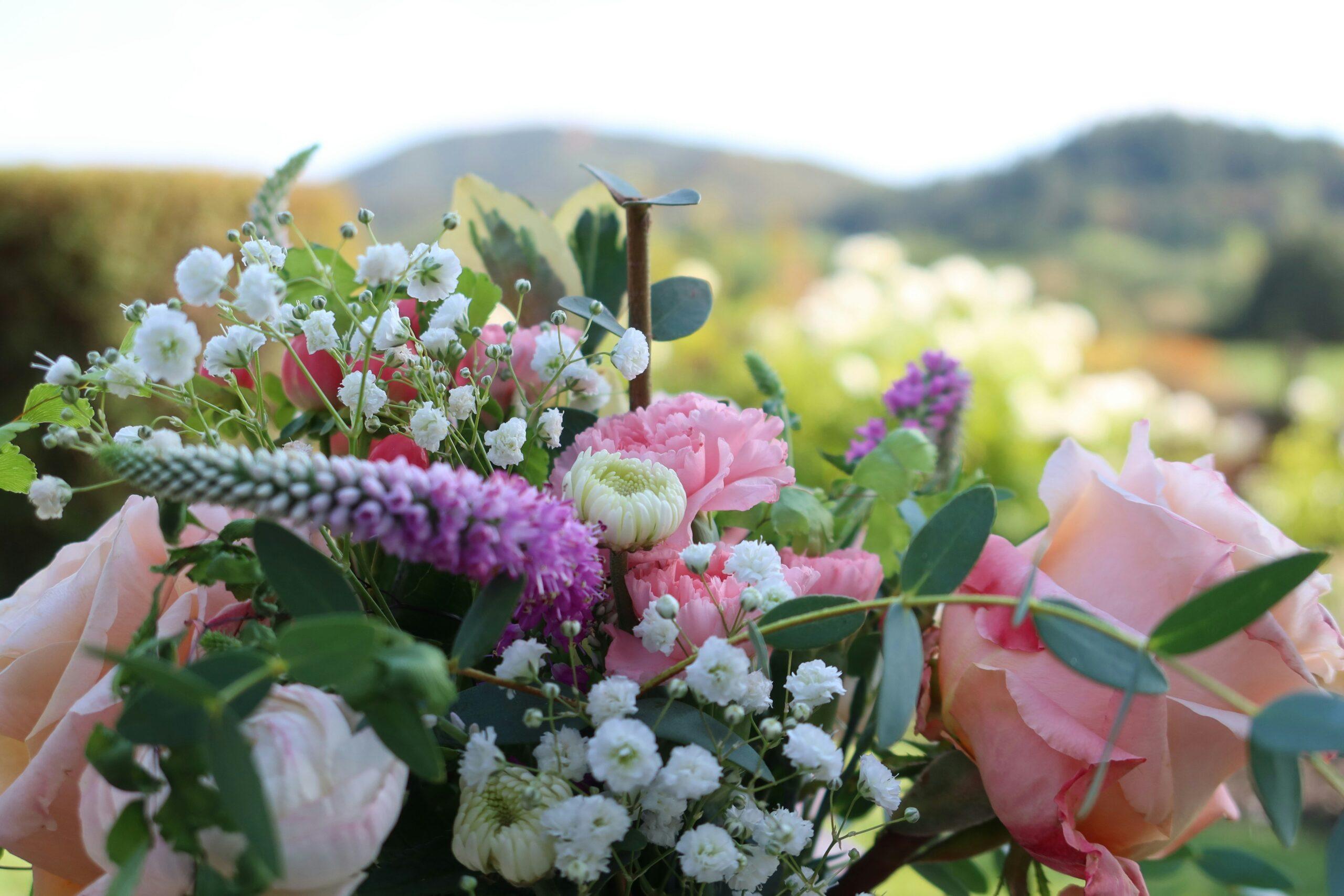
Best Practices for Using Organic Flowers
- Patch Test First: Even natural doesn’t mean risk-free. Always test a small amount before applying widely.
- Buy Seasonal: Supporting local growers ensures fresher ingredients and reduces environmental impact.
- Avoid Overuse: Too many petals can overwhelm your skin. Moderation is key.
And here’s my rant section: STOP falling for overly complicated rituals peddled by influencers. The simplest solutions often work best. Like, does anyone really need a $200 rose quartz roller when basic witch hazel works wonders?
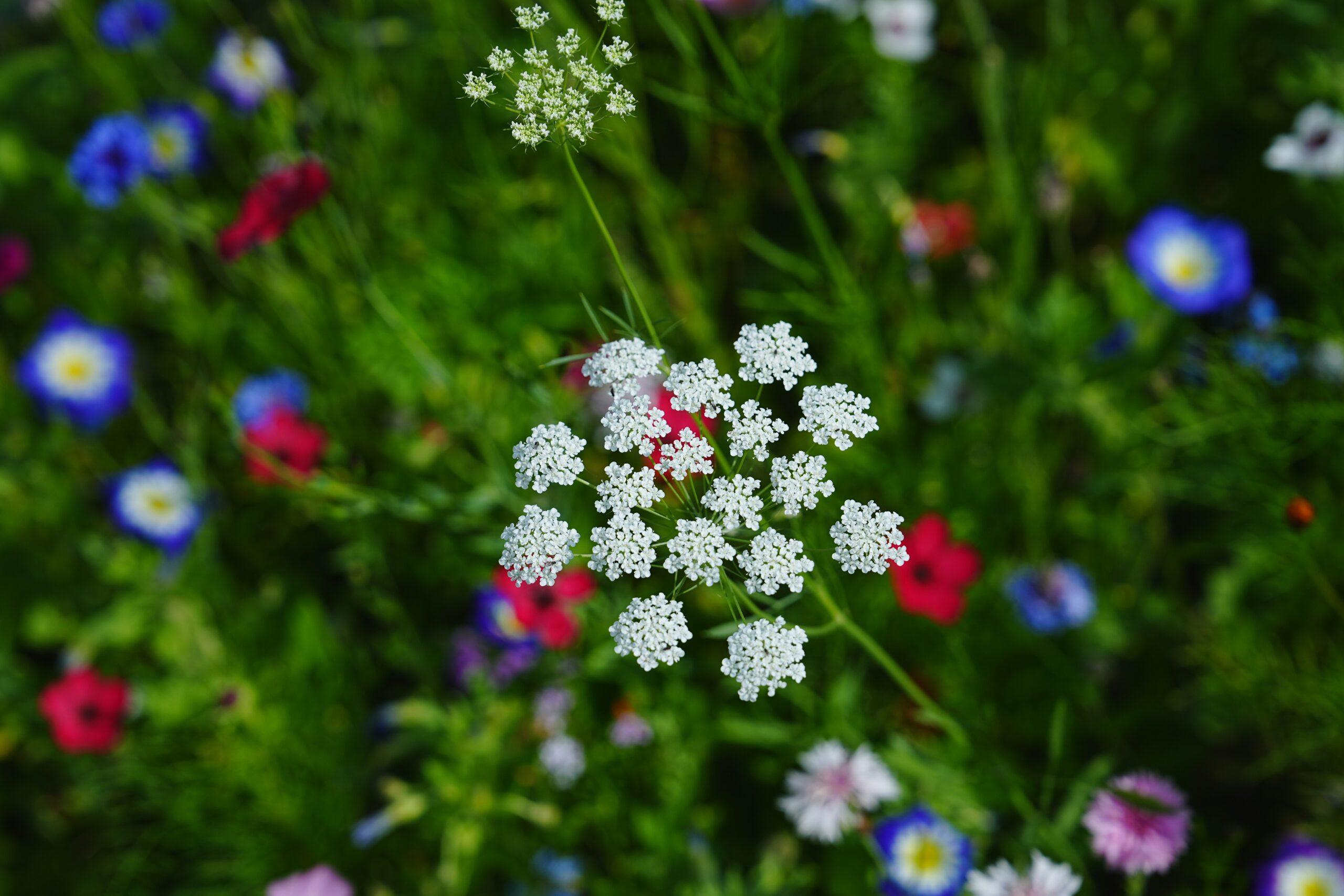
Real People, Real Results
Meet Lisa—a busy mom from Portland who swapped her chemical-laden moisturizers for calendula-infused oil made from her backyard garden. Her verdict? Clearer skin, fewer breakouts, and major peace of mind knowing exactly what she’s putting on her body.
Or take Jack, a graphic designer turned urban gardener, who discovered hibiscus tea doubles as a killer toner. His pores thanked him later.
FAQs About Local Flowers in Beauty
Q: Can I use any type of local flower?
A: Absolutely not! Stick to well-researched, non-toxic varieties. When in doubt, consult a local expert.
Q: How long do floral skincare products last?
A: Typically 3–6 months if stored properly. Always refrigerate homemade items to extend shelf life.
Q: Where can I find more resources?
A: Check out your local library or online forums dedicated to herbalism and organic living.
Conclusion
Who knew swapping synthetics for local flowers could make such a difference? From reducing irritation to boosting sustainability, these humble blooms prove that nature knows best. So next time you stroll past a sunflower stand, grab a bundle—and treat yourself to pure, plant-powered indulgence.
Like a Tamagotchi, your skincare routine needs love, attention, and maybe a dash of whimsy. Happy experimenting!
